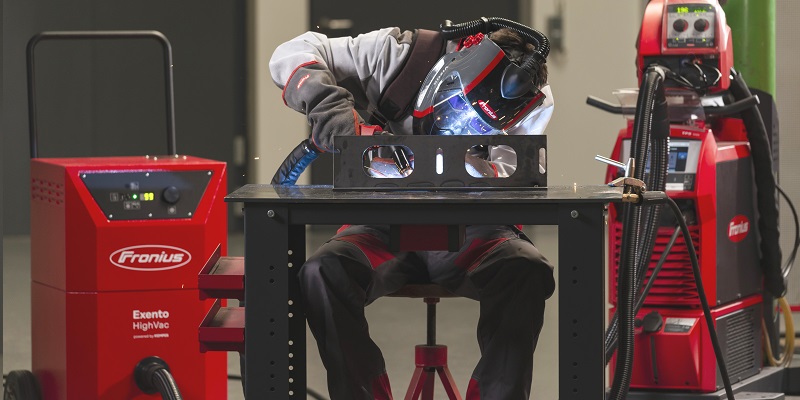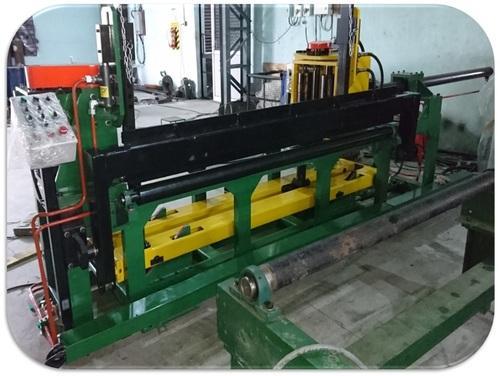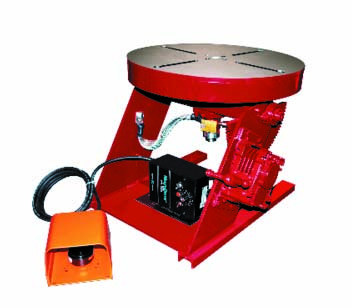Schedule a Call Back
Reducing welding fume emissions
 Articles
Articles- Jul 27,24

The following conditions were defined:
Related Stories

Reducing welding fume emissions
Welding fume production can be significantly reduced through the targeted selection of welding process, wire speed, and arc length.
Read moreRelated Products

Hardy - Chassis Mounted Weighing Card for Rockwell PLCs
Kore Mechatronics Private Limited offers a wide range of
hardy - chassis mounted weighing card for Rockwell PLCs.

Tack Welding Machine
Invent Weld
Automation offers a wide series of tack welding machines.

Bench Welding Positioner
Toss Weldtronics
offers a wide range of bench welding positioners.















